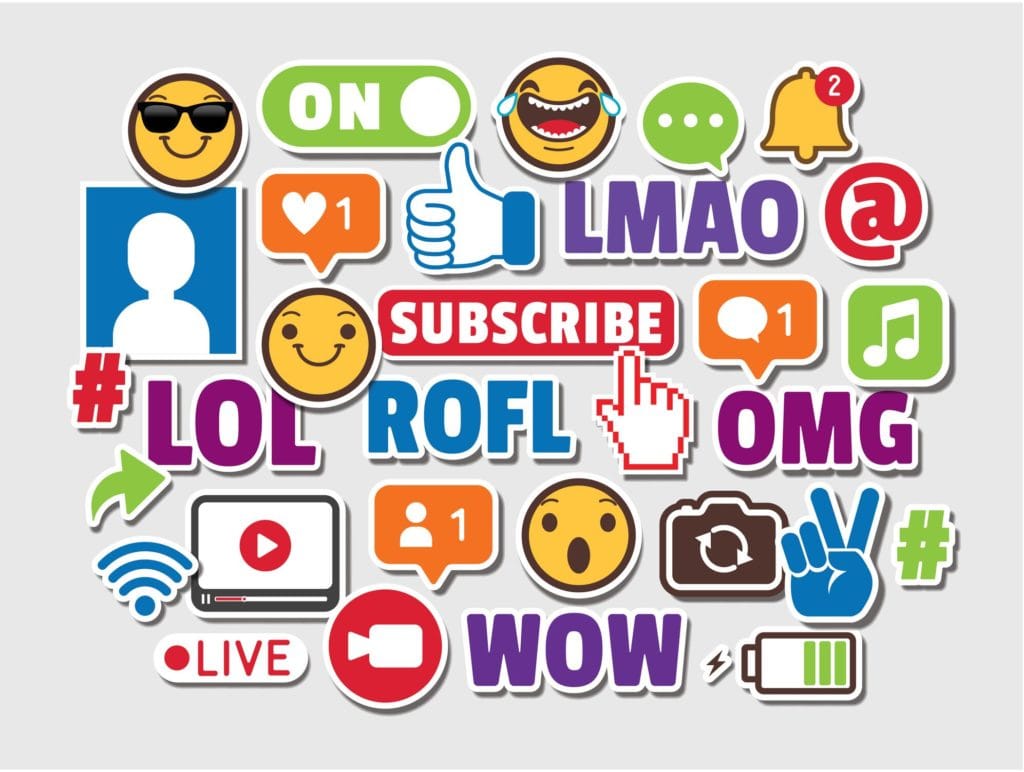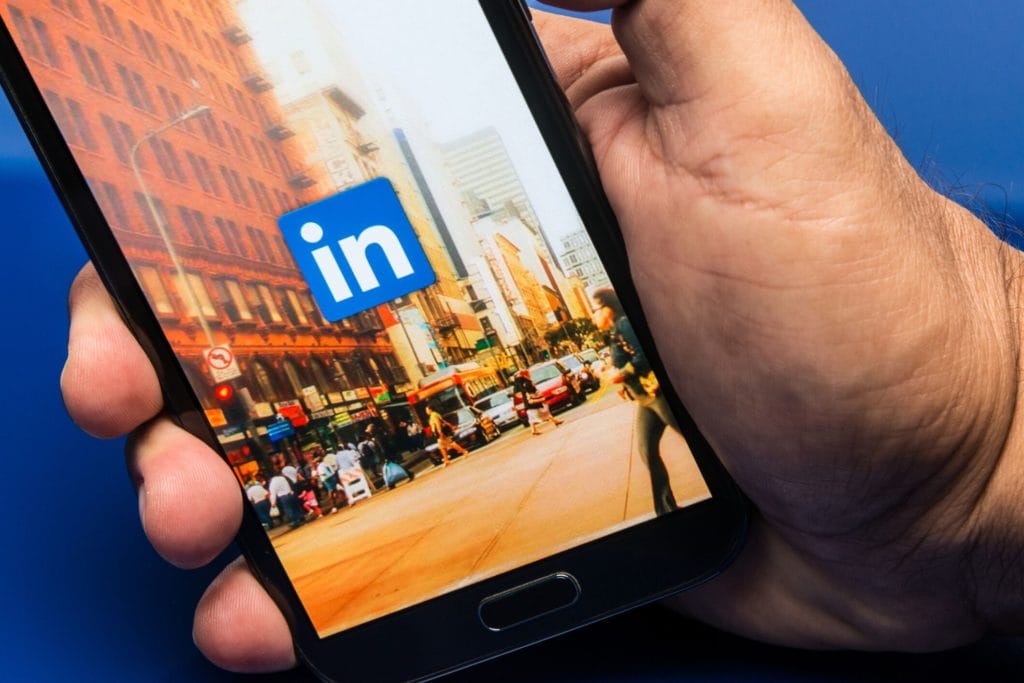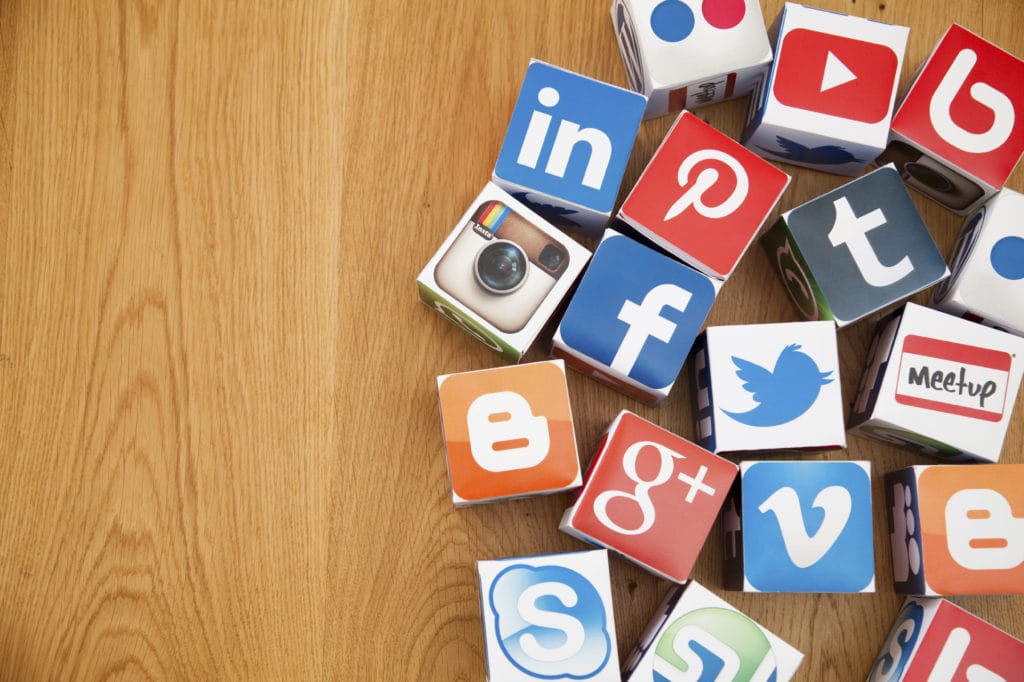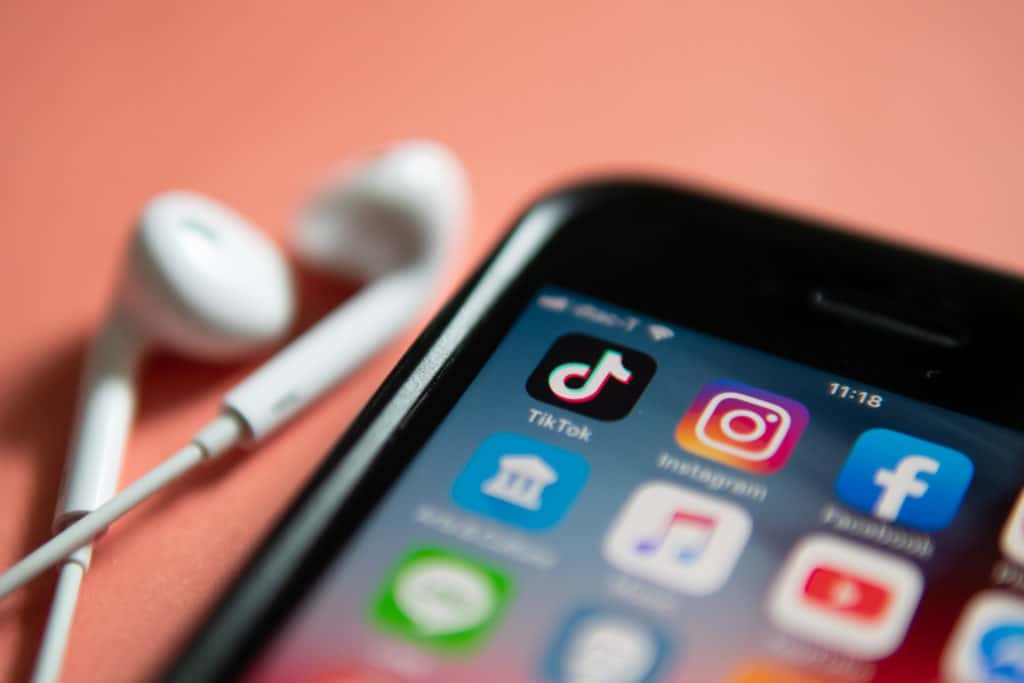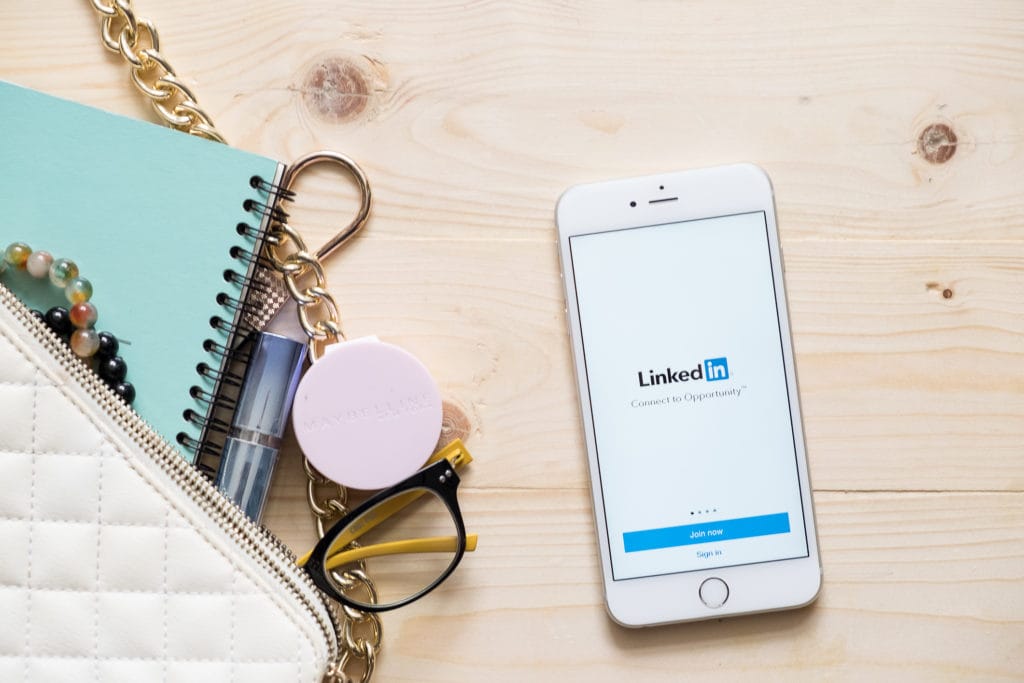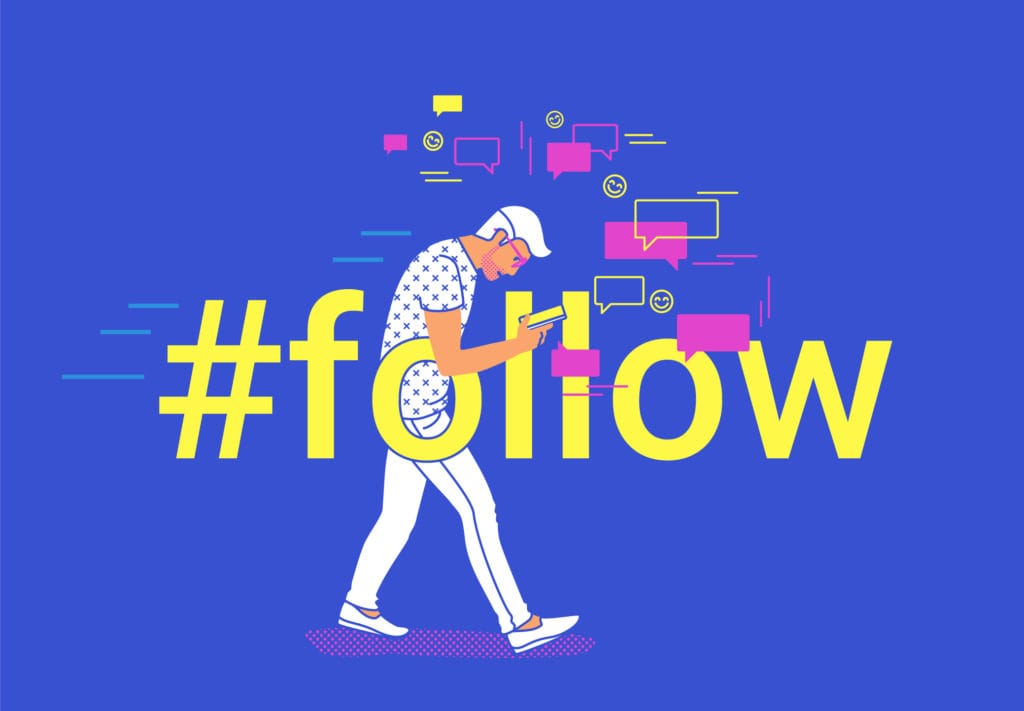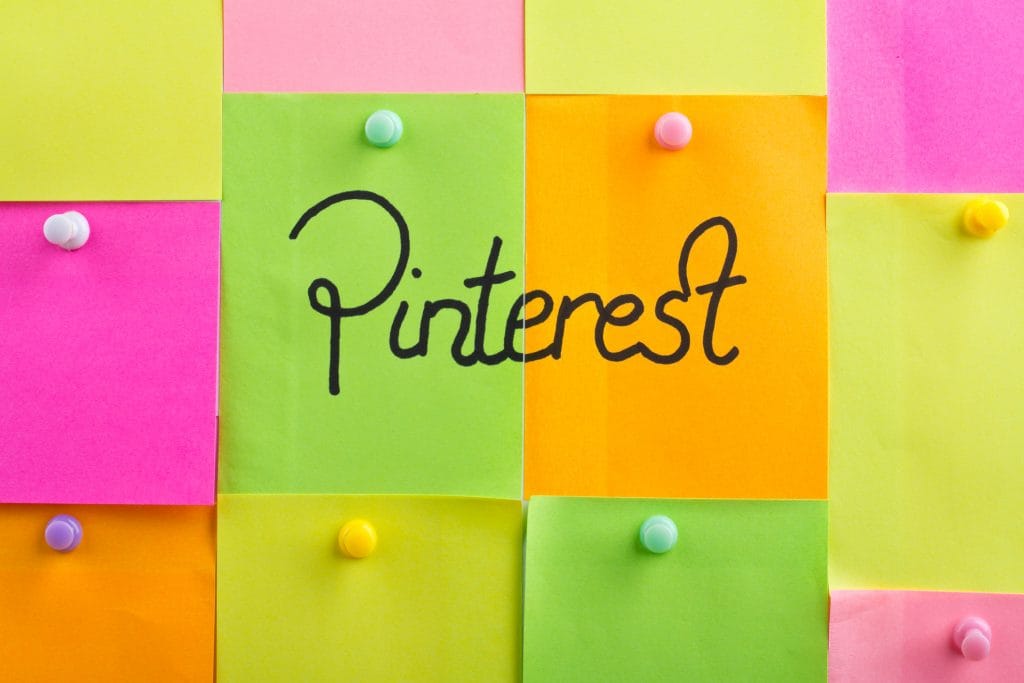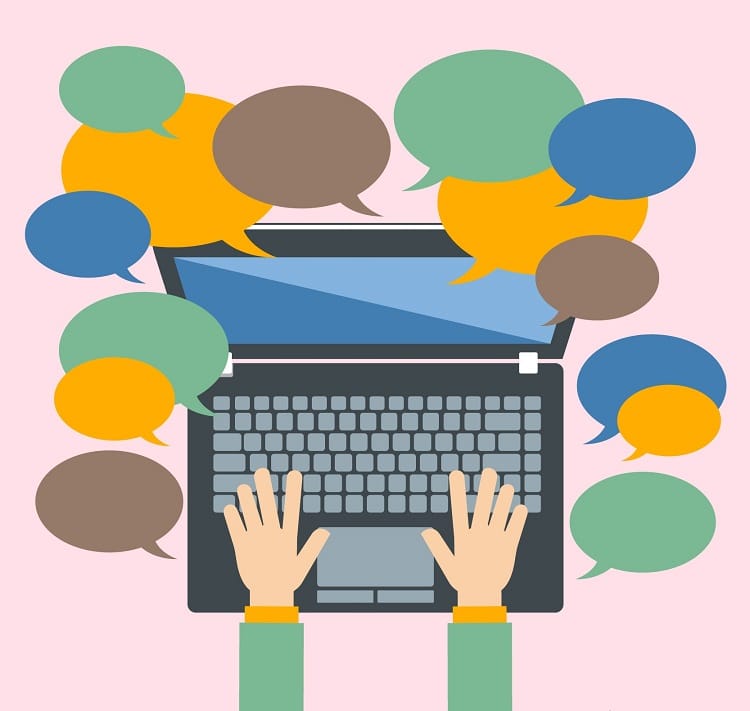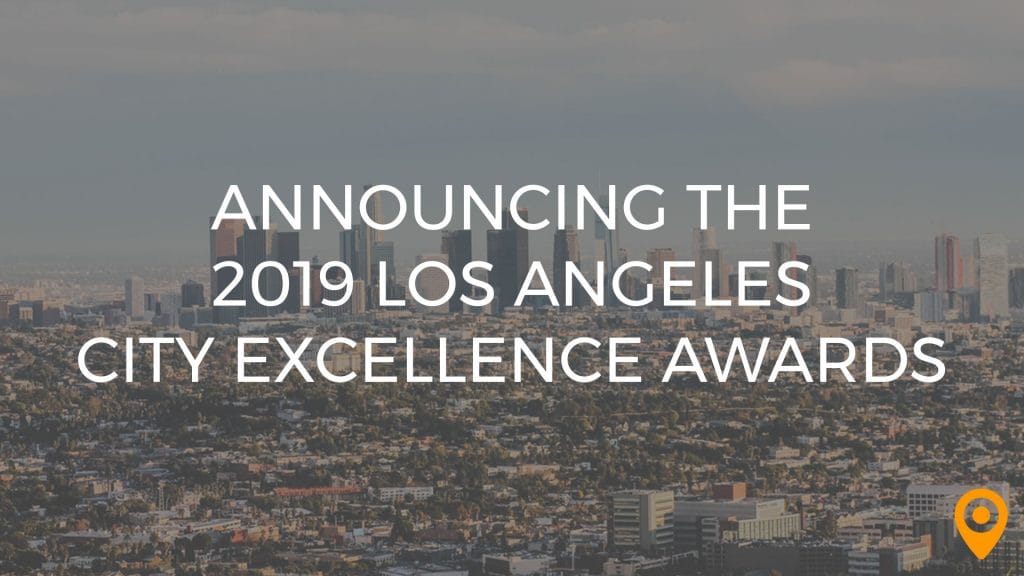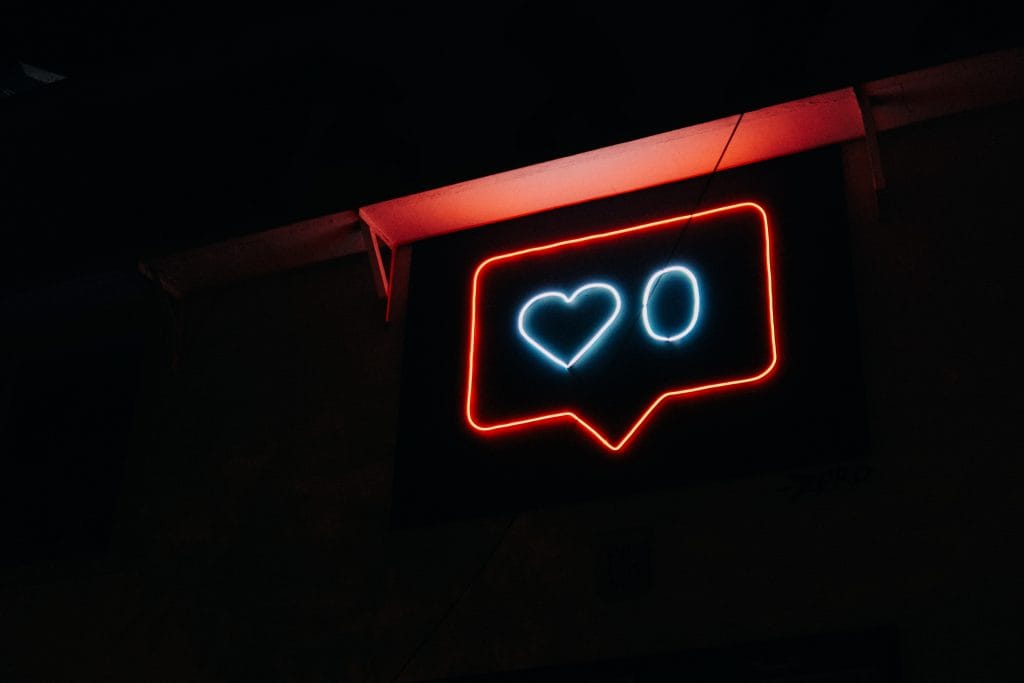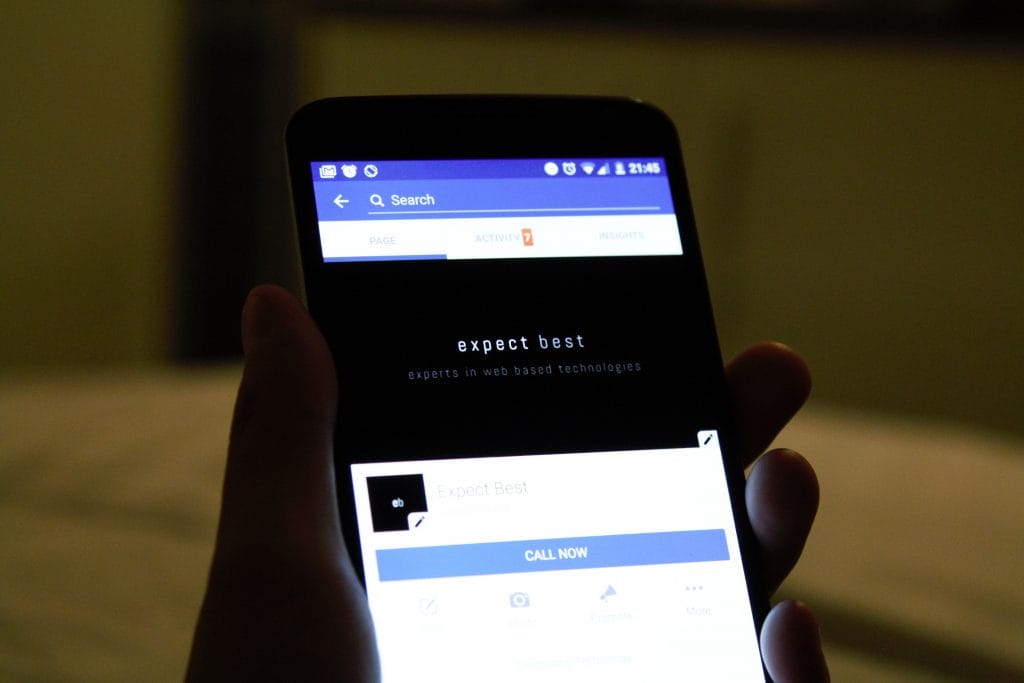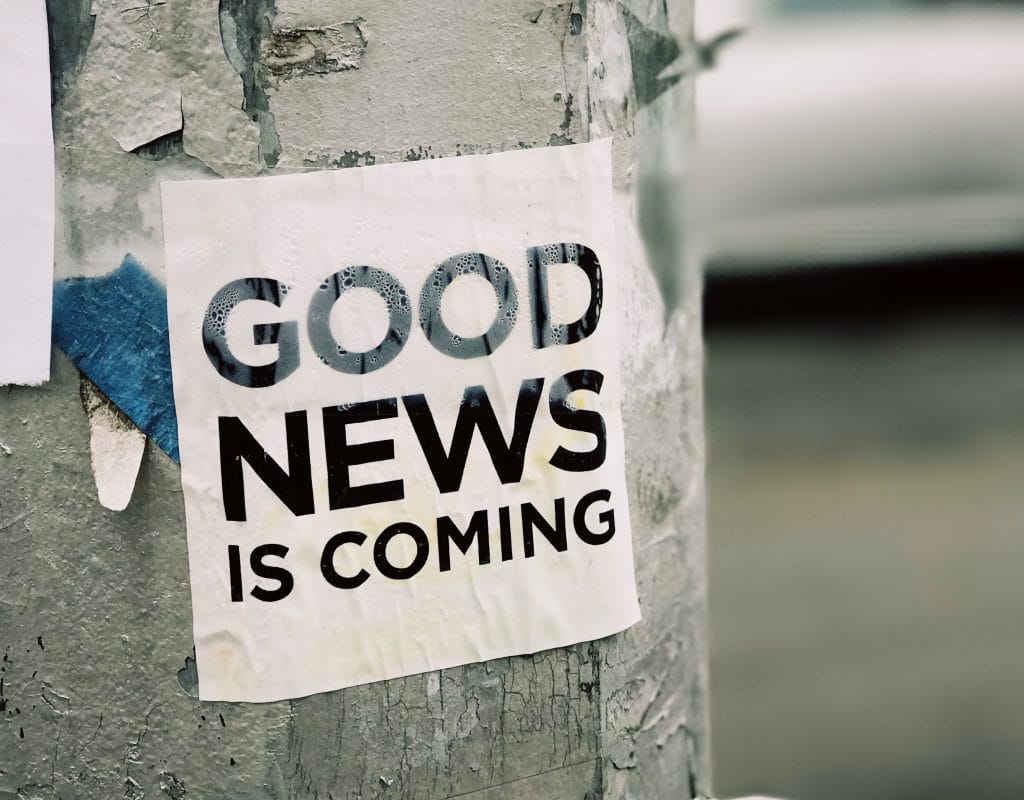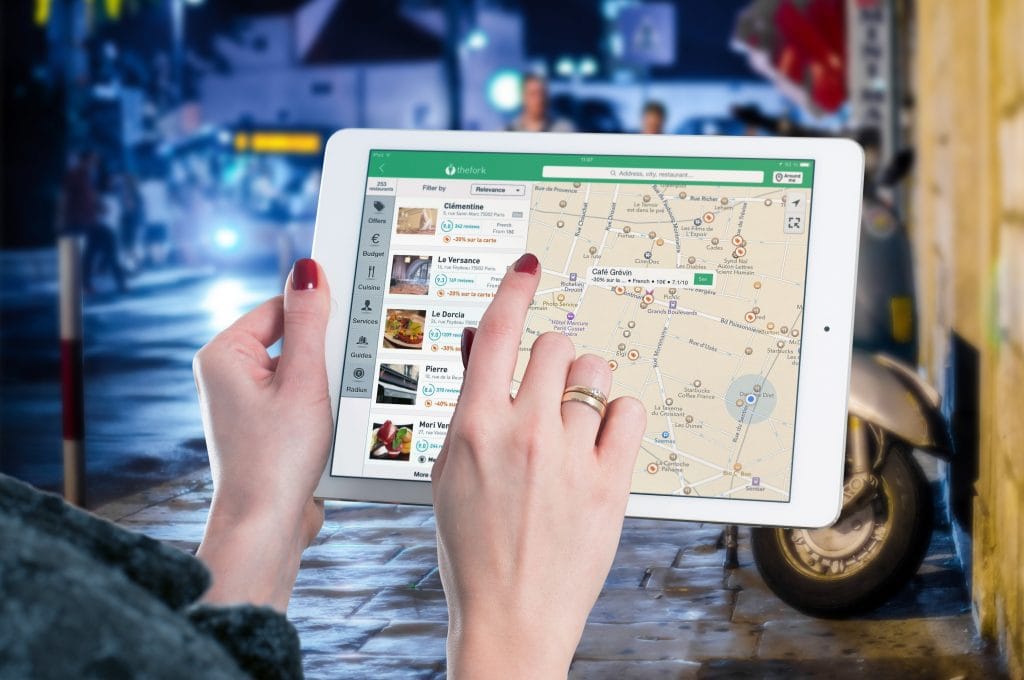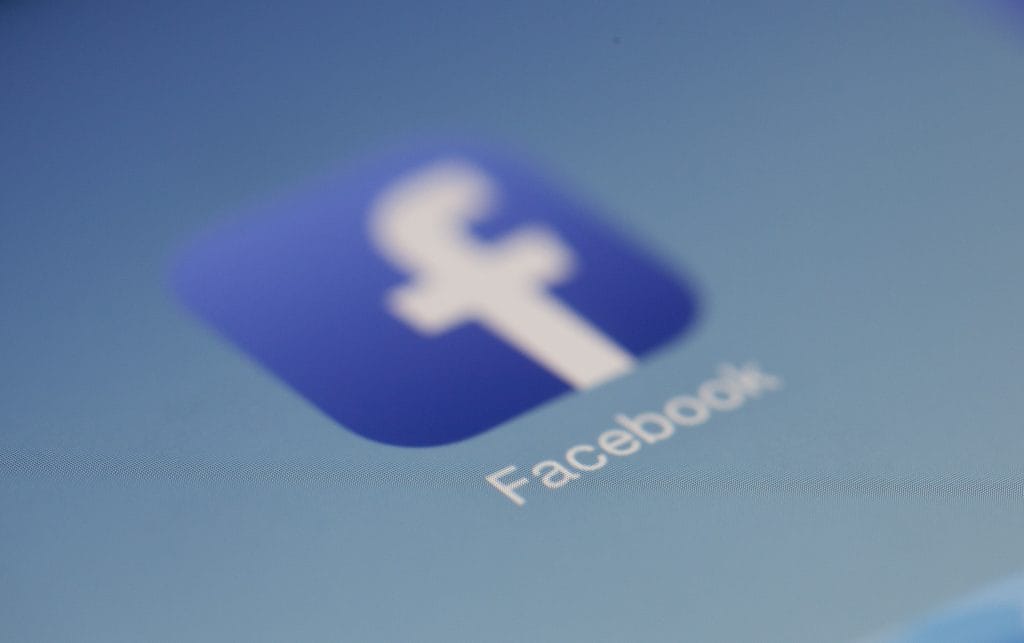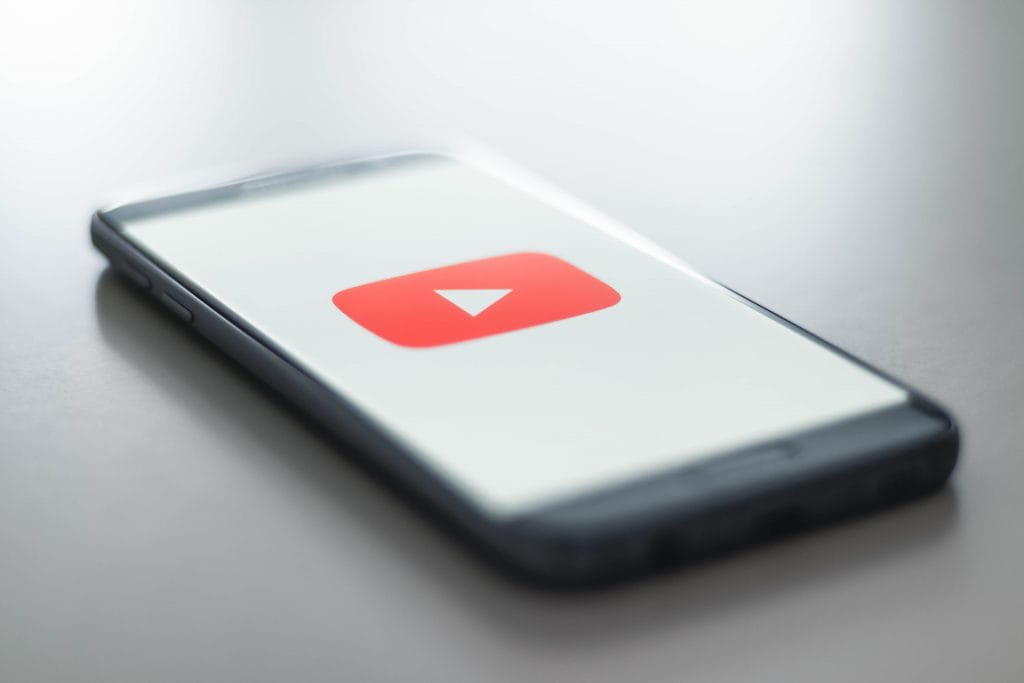social media
Top Social Media Trends to Watch in the 2020s
Social media has been evolving quite drastically over the past decade. In the early days, it was all about MySpace. Facebook, launched in 2004, was limited only to college students and Google+ came and went (RIP, Google+) as Google attempted to take their slice of the pie. What began as a way to stay in…
An (Almost) Exhaustive List of Social Media Abbreviations and Acronyms
Understanding social media abbreviations and acronyms is essential for effective communication in an out of your social media marketing department. If you’ve been observing social media conversations, you have undoubtedly seen these acronyms and lingo. We’ve all had that awkward moment when we’re staring at something that we don’t understand. Many of the social media…
Global Launch of LinkedIn Events
In October, LinkedIn announced the global launch of LinkedIn Events. This feature allows members to create, share, and discover professional events. This program hopes to foster offline community building and help members nurture deeper professional relationships. LinkedIn data shows the chances of people accepting connection requests on LinkedIn increases two-fold if they have attended a…
Up and Coming Social Platforms to Keep an Eye On
There are several up and coming social platforms worth monitoring including TikTok for its rapidly growing user base and creative content, Clubhouse for its unique audio-based networking, and Caffeine for live broadcasting. Platforms like Discord and Twitch, though originally gaming-focused, are expanding into wider community and content sharing spaces, offering new opportunities for engagement and…
Why You Need to Pay Attention to TikTok
When it comes to social media, Facebook, Twitter, and Instagram are probably the biggest platforms you consider. However new social media applications aren’t far behind. Younger internet users tend to shy away from traditional social media channels and look for the next big thing. TikTok is a potentially explosive social media platform that allows for…
Keys to Running a Successful LinkedIn Group
If you want to or are already using LinkedIn to connect with your ideal clients and prospects, you may want to consider running a LinkedIn Group. Why? Starting your own LinkedIn group can be a wonderful way to increase your credibility and thought leadership while attracting a highly targeted group of people. Benefits of Managing…
Memes 101: How Marketers Can Use Them
Memes have taken over social media. Surely, you’re familiar with these short static images, videos or GIFs that depict humorous and relatable content, then spread across the internet like wildfire. People love them. That’s why you should be using them in your online marketing. They’re relatively easy to create and have the potential to really…
Developing a Social Media Approval Process for Your Organization
Managing social media for your department, organization or for individual clients can be stressful. This is especially true if there is a team involved in the process. Each stakeholder may have different expectations for social media posts, and it’s imperative that everyone is on the same page in order to avoid problems such as misunderstandings…
Study: What 100 Social Media Followers are Worth
While a recent study set out to answer what 100 social media followers are worth, it’s difficult to measure the ROI. The value of social media followers lies beyond mere numbers – it’s about engagement and conversion potential. Followers who actively interact with content and align with the brand’s target audience are more valuable. They…
Pinterest’s New Complete the Look Tool
Pinterest has launched a new visual search tool known as “Complete the Look” that recommends relevant home decor and fashion categories based on the context of an image. For instance, if a user searches for a mountain scene Pin, the platform will recommend products found in similar images, such as camping gear, hats, and so…
6 Ways to Engage Your Audience on Social Media
There are several ways to engage your audience on social media, some of which are more effective than others. Effective ways to engage audiences on social media include creating interactive content like polls and quizzes, hosting live sessions or Q&As, responding promptly to comments and messages, sharing user-generated content, personalizing content to audience preferences, and…
Facebook Pixel Losing Effectiveness for Marketers
In the coming months, Facebook will release its Clear History tool. Once it is released, the new feature will allow users to see, manage, and disconnect activity that happens off-Facebook from their user profile. As such, the tool will impact marketers ability to reach a targeted audience on the platform. What is the Clear History…
Are the Days of the Plandid Over?
In the early days of Instagram, one quick look through your feed revealed a ton of seemingly meticulous photos – of people who looked “natural.” This concept is known as the plandid – or the planned candid. Planning the shots ahead of time ensures influencers get the type of image they’re looking for – one…
Sachs Marketing Group is a 2019 Los Angeles City Excellence Award Winner
The results are in! Sachs Marketing Group, a leading digital marketing agency in Los Angeles, has been awarded a 2019 Los Angeles City Excellence Award by UpCity. Out of 624 marketing service providers in Los Angeles, we were selected as one of the top 20 based on our UpCity Rating, which measures digital recommendability by reviews,…
Instagram to Hide Like Counts on Photos
Instagram has made plans to stop showing how many people have liked users posts. Posters will still be able to see when someone likes their posts, and clicking through will show them everyone who has done so. Only the poster will be able to see the like count – other users will not. This is…
How to Optimize Your Facebook Page
If you want to be sure you’ll reach your audience, then you’ll want to be on Facebook. After all, 2.23 billion people log in to the social network every month. 66% of U.S. adults report that they are Facebook users, and 74% of them say the use the platform every day. Both daily and monthly…
Preparing for Instagram’s New Local Business Profile Pages
In March, word of Business Pages rolling out on Instagram started making its way around the internet. Though we’re nowhere near an official release, if you want to be among the first businesses on Instagram to take advantage of this feature once it’s fully available to the public, it’s time to do some prep work….
Social Media Marketing Tips for Live Events
Investing time, energy, and other resources into attending live events such as trade shows, conferences, and other industry events definitely made sense in the early days of marketing because you could easily knock out a year’s worth of sales with your pitch and a sponsor booth. Today, attending networking events still present big opportunities to…
Lush UK Quits Social Media
Earlier this month, cosmetics brand Lush, announced on social media that they are quitting social media. (Ironic, right?) Lush is a global brand known for their bath bombs, body care products, and makeup. The social media boycott applies only to the UK division, as Lush North America has announced it will continue to be active…
New Features Coming to Facebook Groups
Facebook Groups are a valuable tool for many businesses, because it allows them to build a connection with customers and prospects on a platform they’re already using regularly. Coming together with a group of like-minded people allows you to build trust and stronger, more meaningful, relationships. Why You May Want Both a Facebook Page and…
Leveraging Google Maps New Public Events Feature
In a feature that could directly compete with Facebook Events, Google Maps is now allowing users to create public events with specific locations. Though it has yet to be publicly announced as of March 25, 2019, the feature has been confirmed through a dedicated help center article. Google began highlighting public events in Maps last…
Ultimate Guide to Choosing Instagram Hashtags for High Engagement
Instagram has more than one billion monthly active users, with more than 500 million of them using the platform every day. In terms of social networks, only Facebook and YouTube have more logging in. What’s more important for businesses, however, is the fact that 60% of those users turn to Instagram to find new products….
Facebook Group Monetization 101
If you’re the admin of a popular Facebook group, it may be time to put that group to work earning money for you. There’s no one-size-fits-all approach to monetization, as a lot of what will work for you depends on your niche, level of engagement, and group size. To attract major brands, it’s safe to…
Creating a Community: How to Better Manage a Facebook Group
Having a presence on social media is critical to brand awareness. While your marketing goals are ultimately always going to be conversions, your social media goals should include relationship building and engagement as well as the eventual benefit of converting followers into sales. The organic algorithm associated with fan and business pages doesn’t allow for…
YouTube Working to Combat Predatory Behavior
YouTube has certainly had its fair share of press in the past couple of weeks. First, there was hysteria about the “Momo Challenge.” This turned out to be a hoax. Then, there was the announcement that the platform would be taking action to combat predatory behavior against children in comment threads. This all started with…
- « Previous
- 1
- 2
- 3
- Next »
OTHER ARTICLES YOU MIGHT BE INTERESTED IN

SMG Marketing Makeover 2025 - What’s Working, What’s Not, and What’s Next

Using Community Outreach as a Marketing Strategy


A Complete Guide to Google Performance Max (PMAX) for Healthcare

Tips for Spring Cleaning Your Digital Marketing Efforts

Medical Practice SEO - The Ultimate Guide for Doctor's Offices

10 Digital Marketing Ideas for Doctor's Offices


